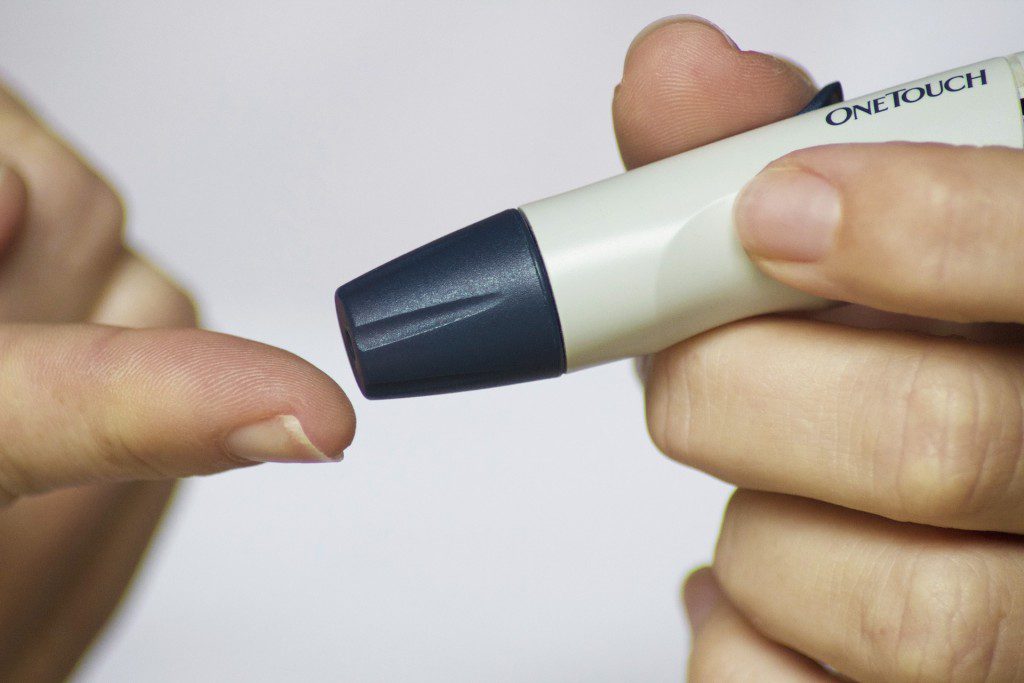
So a while back, I read and wrote about an article about an increase in maternal mortality in the U.S., and its woefully higher rates than other developed countries. Turned out, the U.S. numbers were not meaningfully comparable to the rest of the world, because their definitions were different: the CDC deemed any maternal death within a year of the child’s birth as “maternal mortality” while the WHO (that is, the rest of the world) uses a 42-day standard.
Why, I asked at the time, did the CDC use a standard that made the U.S. data useless for international comparison? Were they rent-seekers, seeking advantage from making maternal mortality look worse, and in greater need of federal funds to fix the situation? Or were they go-it-alone cowboys, simply convinced that the superiority of their method is great enough to override any disadvantage in lack of comparability?
Turns out, there’s another example in an opinion column in today’s Chicago Tribune, “Prediabetes: The epidemic that never was, and shouldn’t be.” According to the authors, Isabel Beshar and Hank Campbell, the CDC has been ratcheting down the threshold for diagnosing “prediabetes” ever-lower, to a cut-off that means that genuinely healthy people can, due to natural variability in blood sugar, go in for a routine test, and leave with a diagnosis — and, what’s more, leave with a prescription for a medication, ordinarily intended for diabetes, that’s now being used for “prediabetes” patients.
And, they write,
The United States has the lowest prediabetes cut-off points of high-income countries around the world, meaning that prediabetes gets diagnosed earlier and more frequently, leading to new patients and higher costs. In 2003, and then again in 2010, the American Diabetes Association shifted the prediabetes diagnostic threshold down, from 110 to 100 milligrams per deciliter for the finger-stick glucose test, and from 6.0 to 5.7 percent for the average blood sugar level (the HbA1C test).
Other countries have pushed back. So has the World Health Organization, which has cautioned since 2006 that lower thresholds would needlessly double the prevalence of prediabetes and inadvertently implicate patients at minimal or no risk. In China, for example, adoption of the current ADA guidelines would result in 493 million new prediabetics.
Why is this happening?
It’s a gold mine for the pharmaceutical industry, thanks to the American Association of Clinical Endocrinologists’ recommendation that diabetes drugs be used in patients with prediabetes. More diagnoses mean more sales, even though pharmaceutical interventions rarely work for prediabetes and their side effects are well reported.
Now, to be sure, the authors identify the culprits as the American Diabetes Association, but, at the same time, it is the CDC that gives the official imprimatur to these thresholds and the resulting count of affected Americans.
And I don’t even think it’s necessarily a matter of selling more drugs — I’d have to know more about what’s been defined as the standard of care for patients, and what actual medical practice is at the moment, and Beshar and Campbell only imply but don’t actually state that patients at the low, rather than the high end of the range are being prescribed these pills. I would guess it’s more a matter of the government and others wanting to have a way of labeling overweight people as having a disease (beyond the existing approach of labeling the condition of being overweight as a disease) so as to add another dimension of urgency to the cause of greater government intervention.
But wanting to add more tools to your anti-overweight cause is not suitable grounds for manipulating diagnoses.
image from pixabay; https://pixabay.com/en/diabetes-finger-glucose-test-776999/; public domain













